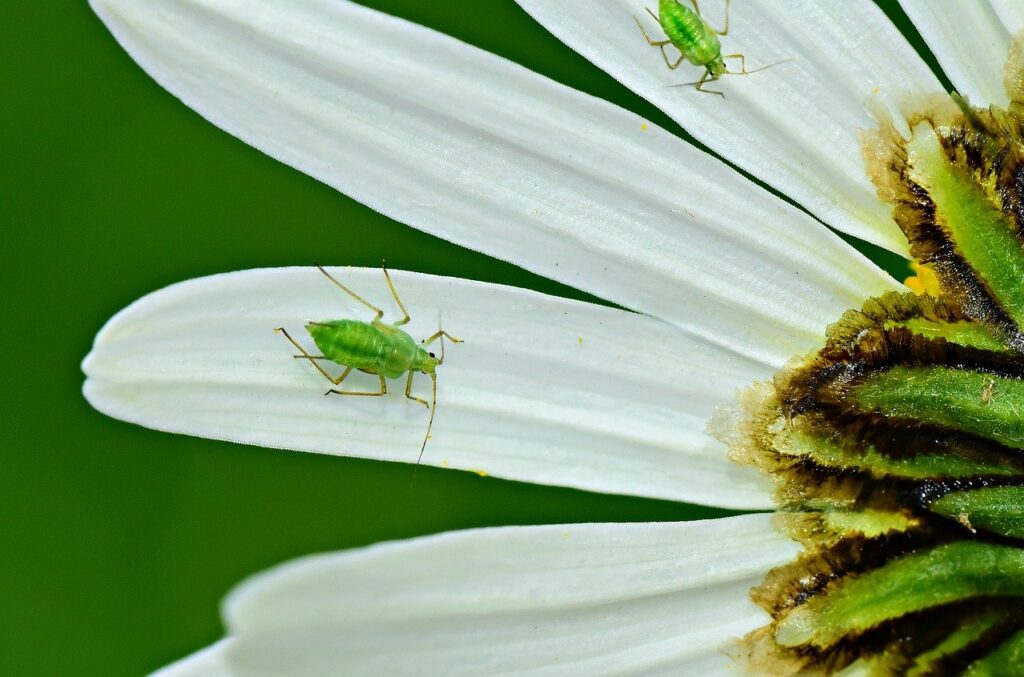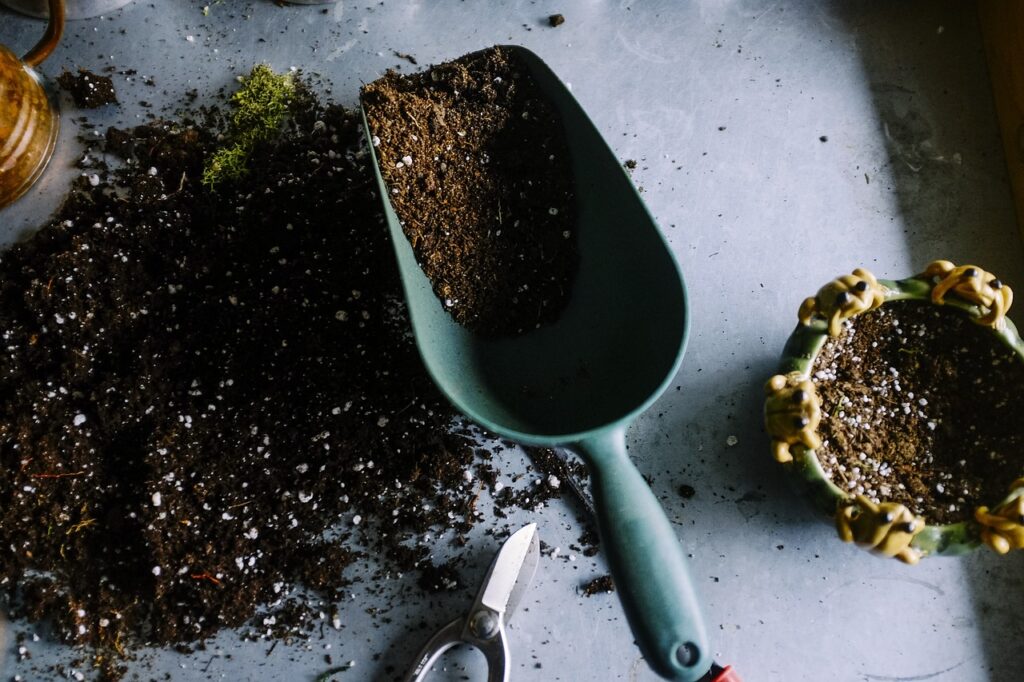Aphids are soft-bodied insects that suck the nutrients out of your plants. And no, they don’t just thrive outside — on the flowers and vegetables in your lovely garden — they can also infest your indoor house plants. If the infestation is really bad, aphids can not only cause browning and wilting, they can suck the very life out of your plants! So, here’s our complete guide to dealing with aphids on indoor house plants.
Why you have aphids on indoor house plants
- Aphid-infested plants: Aphid-infested plants can come from your own outdoor house plants or from plants you have brought from somewhere else. If you have aphids on your outdoor house plants, it’s only natural that your indoor house plants can become infested as well because of hitchhikers and fliers that may get inside your house. And if you have aphids on new plants, your indoor house plants become at risk of getting the aphids as well as the pests spread onto your property.
- Hitchhiking aphids: Aphids are small creatures, clocking in at just about 2 to 4 millimeters. They are very easy to miss. In fact, not noticing them is one of the most common reasons why they begin to thrive and start an infestation in gardens in the first place. Because they are hard to notice, you may not know that you have hitchhiking aphids on you or your clothes. You may have gotten them from your own garden or from another area with aphids in it. And then you can unknowingly bring them inside your house to infest your indoor house plants.
- Aphids fly into your home: These garden pests come in many shapes and sizes. They can come in black, brown, green, red, or yellow. Some also have wings and some don’t. Those with wings should worry you in particular. They are the ones who can float or fly into your house. To prevent this from happening, close all potential passageways, particularly the doors and windows that are easily accessible from the outside.

How to get rid of them
- Remove them manually: You don’t need sophisticated gardening or pest control techniques to get rid of aphids on indoor house plants. Sometimes, all you need to do is to remove the aphids manually. Remember that they are soft-bodied insects. You can easily pick them up from your plants and squash them. If you don’t want to squash them, you can dunk them in a bucket of soapy water. It’s also a good idea to cut the heavily infested part of the plants and discard them in the bucket as well.
- Wash them away with water: As small creatures, aphids are very vulnerable. They are very easy to dislodge from your plants. You can wash them away with water. But be careful in doing this, especially if you are going to use a hose. High water pressure can damage plants, especially those that are young and sensitive. Use low pressure as much as possible. Make sure to bring your plants outside before you wash them. You don’t want to make a mess inside with all the washing you are going to do.
- Try natural ingredients: There are commercial pesticides you can use against aphids, but it is always better to try natural methods, as pesticides can contain harmful chemicals — such as those containing pyrethrin. So, if you don’t like using pesticides because of their potentially harmful ingredients, you can try DIY solutions like essential oils. Neem oil is the most common one used for gardening, but you can also try eucalyptus or peppermint oil. Simply dilute a few drops of your chosen oil in water and spray the solution on your indoor house plants.
How to prevent them from coming back
- Regularly check your indoor and outdoor plants: Aphid infestations usually start when winged aphids fly to one of your plants and find it to be a suitable home. They leave their eggs on the undersides of leaves, and in about 7 to 10 days, you now have an aphid population that is ready to mate and spread. You should regularly check your plants, both indoor and outdoor ones, to prevent these garden pests from thriving. Give particular attention to the underside of the leaves where they tend to leave their eggs. When you do see live aphids or eggs, you can manually remove them.
- Quarantine new plants before bringing them in: There are two kinds of plants you should quarantine before bringing them inside your house — your outdoor house plants and the plants you have brought from somewhere else. It’s important to isolate these plants first, so you are sure they don’t introduce aphids or other pests to the healthy plants you have inside your house. To isolate a plant, simply place it in an area away from your other plants. Do this for about one to two weeks.
- Carry out regular preventive maintenance: Your indoor house plants are probably in pots. It will be a good idea to buy high-quality potting soil for them. The problem with using the random soil you have outside is that it may contain aphids and their eggs. But take note that high-quality soil is not always great either. Some commercial-grade soils, like bagged composts, can actually have aphids in them. You can also sprinkle diatomaceous earth on the soil to help kill aphids trying to thrive.

Aphids can infest even indoor house plants
When you think about garden pests like aphids, you almost always picture them being outdoors. But take note that aphids can infest even indoor house plants. There are many ways for them to get indoors — they can be brought inside via plants, hitchhiking with humans, or flying through open doors and windows.
If you have these pests in your indoor house plants, you can remove them manually with your hands, spray them away with water, or try commercial pesticides or natural ingredients. And to prevent them from coming back, regularly inspect your plants, quarantine new plants before introducing them to your house, and use high-quality soil.

